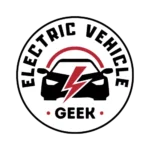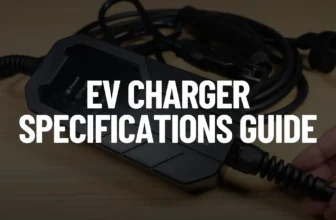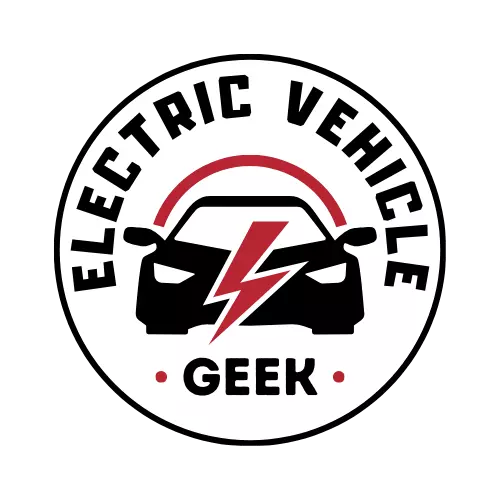One of the most common questions we get asked by prospective electric vehicle buyers, and current electric vehicle owners who want to understand the lifespan of their EV battery is “How Long Do Electric Car Batteries Last?“
Assessing battery health involves gathering detailed battery logs on metrics like charge/discharge cycles, internal resistance, sag, charging rate, voltage, temperature, and other historical data, analyzed using machine learning algorithms to predict the State of Health (SoH) of electric vehicle batteries.
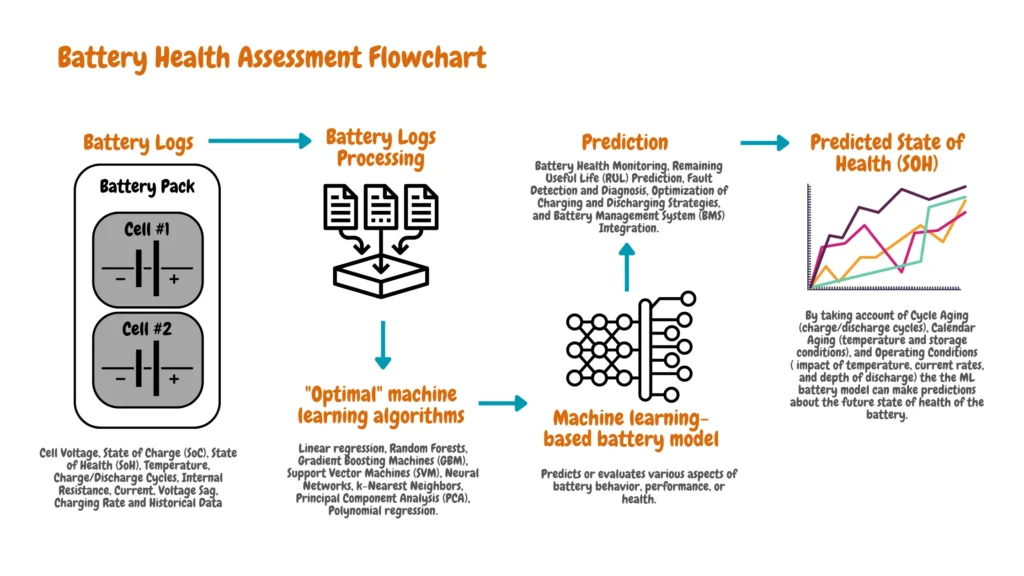
This proactive approach enables maintenance, accurate lifespan prediction, fault detection, and optimization of charging strategies, crucial for EV performance and safety.
Table of Contents
- Electric Vehicle Battery Degradation Curve
- What Factors Affect Electric Car Batteries Lifespan?
Electric Vehicle Battery Degradation Curve
The diagram below shows the degradation curve of lithium-ion batteries (LiBs) commonly utilized in electric vehicles (EVs), mapping the State of Health (SoH) against time or battery cycles.
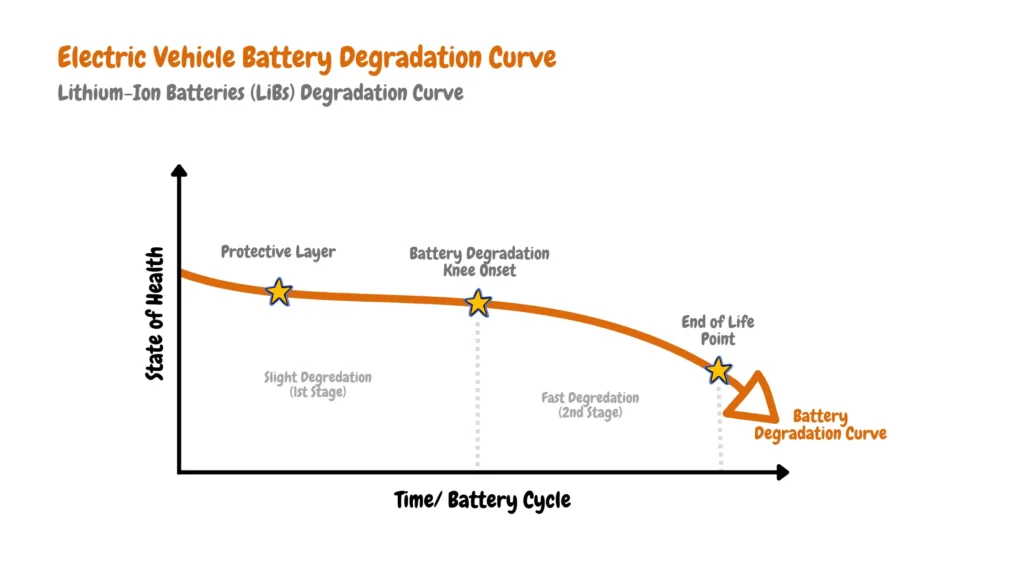
Stages of Electric Vehicle Battery Degradation
As shown in the electric vehicle battery degradation curve above there are three stages of electric vehicle battery degradation.
- Stage 1 – Gradual Decline: This initial phase sees a slow decrease in battery capacity. Common culprits include the formation of a solid electrolyte interphase (SEI) layer and the gradual breakdown of electrode materials. Interestingly, during this stage, the battery may enter a phase of relative stability, sometimes referred to as a ‘protective stage.’ This is often facilitated by mechanisms such as the formation of a solid electrolyte interface (SEI) or optimization strategies employed by the battery management system.
- Stage 2 – Accelerated Degradation: This stage, marked by the “battery degradation knee onset” in the degradation curve for lithium-ion batteries (LiBs), is where the decline in capacity becomes more rapid and your electric car range will decrease. This acceleration is often linked to factors like increased resistance between electrodes and electrolytes, the breakdown of the electrolyte itself, and structural damage to the electrode materials.
- Stage 3 – End of Life: This final stage represents the point where the battery’s capacity drops below a usable level, based on predefined criteria. Beyond this point, the battery is no longer practical for its intended purpose as the range of the electric vehicle is greatly reduced.
What Factors Affect Electric Car Batteries Lifespan?
Several factors contribute to the lifespan of an electric vehicle (EV) battery, notably battery chemistry, depth of discharge, temperature, charging habits, and vehicle usage.
Battery Chemistry Effects on Electric Car Batteries Lifespan.
When it comes to electric vehicles, two main battery types are used; lithium-ion and nickel-metal hydride (NiMH) electric vehicle batteries.
Lithium-ion electric vehicle batteries’ lifespan
Lithium-ion batteries are the preferred choice for electric vehicles due to their combination of high power, cost-effectiveness, safety, efficiency, and reliability. These batteries typically offer a lifespan of 10-12 years. Lithium-ion (Li-ion) batteries demonstrate superior performance in several key aspects compared to Nickel-metal hydride (NiMH) batteries. They boast faster charging capabilities including wireless electric vehicle charging, enhanced performance in extreme temperatures, and prolonged charge retention periods.
Nickel-metal hydride (NiMH) electric vehicle batteries lifespan.
Nickel-metal hydride (NiMH) batteries were commonly employed in early electric and hybrid vehicles. While they typically offer a lifespan of 8-10 years, they exhibit shorter durability compared to lithium-ion counterparts. Although NiMH batteries do not suffer from the “memory effect” observed in some battery chemistries, they can experience voltage depletion over time.
How Driving Habits Affects An Electric Vehicle’s Battery Lifespan
Driving habits demonstrably impact the longevity of an electric vehicle (EV) battery. Parameters like acceleration profiles, braking patterns, cruising speeds, and regenerative braking utilization all play critical roles in influencing battery health. Collectively, these factors define driving styles, which can range from highly aggressive to energy-efficient.
By implementing systems capable of recognizing and prompting drivers to adapt energy-conscious driving styles, significant contributions can be made towards extending an electric vehicle’s battery life. Essentially, these systems mitigate the detrimental effects of aggressive driving on battery health, thereby prolonging the overall usable life of the EV battery.
Environmental Impacts on EV Battery Lifespan.
Low temperatures (below 10°C) hinder the mobility of lithium ions within the battery cell. This translates to a decrease in usable capacity, limiting the maximum power output (C-rate) and potentially leading to increased lithium plating on the anode. This plating reduces active lithium inventory, further accelerating capacity fade over the extended cold operation.
Elevated temperatures (above 35°C) exacerbate the natural degradation mechanisms within the battery. This includes increased electrolyte breakdown and electrode material decomposition. The resulting side reactions accelerate capacity fade and reduce battery lifespan.
To maintain electric vehicles within the optimal temperature range of 68 to 86 degrees Fahrenheit, sophisticated battery management systems (BMS) are integrated into electric vehicles. These systems regulate the temperature of electric vehicle batteries in both cold and hot environments, ensuring peak performance and longevity.
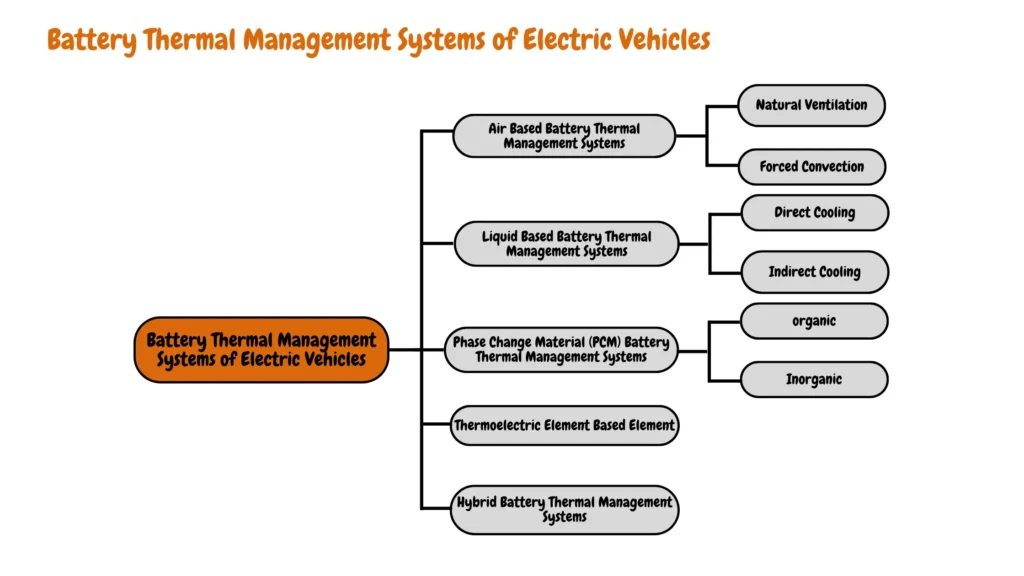
Battery thermal management strategies used to manage electric vehicle battery temperatures include liquid-based cooling for high-performance EVs and air-based solutions for smaller vehicles or milder climates. Innovative approaches like phase change materials offer passive thermal buffering, while thermoelectric coolers provide precise control albeit with higher energy consumption. Hybrid systems merge technologies for adaptable thermal management.
Electric Vehicle Charging Habits Impacts on Electric Vehicle Battery Life.
Charging habits significantly affect EV battery lifespan, with some DC rapid chargers and Home EV chargers intelligently reducing charging speeds at around 70-80% SoC to prevent potential battery damage.
For example, let’s take a look at the charging curve of our 2024 Jeep Avenger.
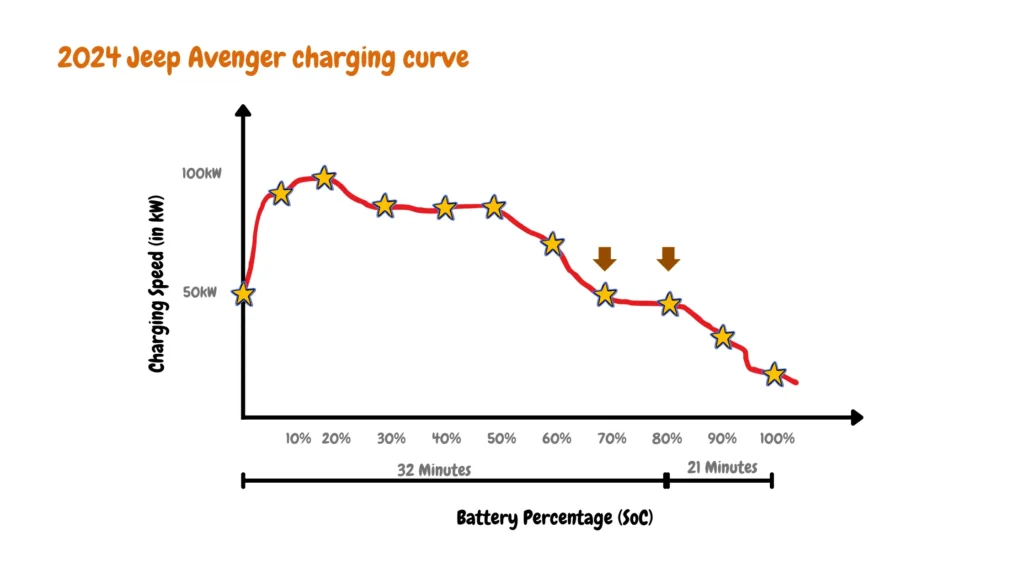
As you can see from our 2024 Jeep Avenger charging curve, the Jeep Avenger charges around 74.9 kW until it reaches 70% and 80% of the battery state of charge (SoC) within 32 minutes, from that point, the charging speed drastically reduces, and takes another 21 minutes to reach 100% of the Jeep Avengers SoC.
Electric vehicle battery management systems (BMS) incorporate SoC buffers to prevent overcharging and over-discharging, maintaining battery health. Charging to 100% is discouraged due to potential lithium-ion battery degradation from extended high-voltage exposure.
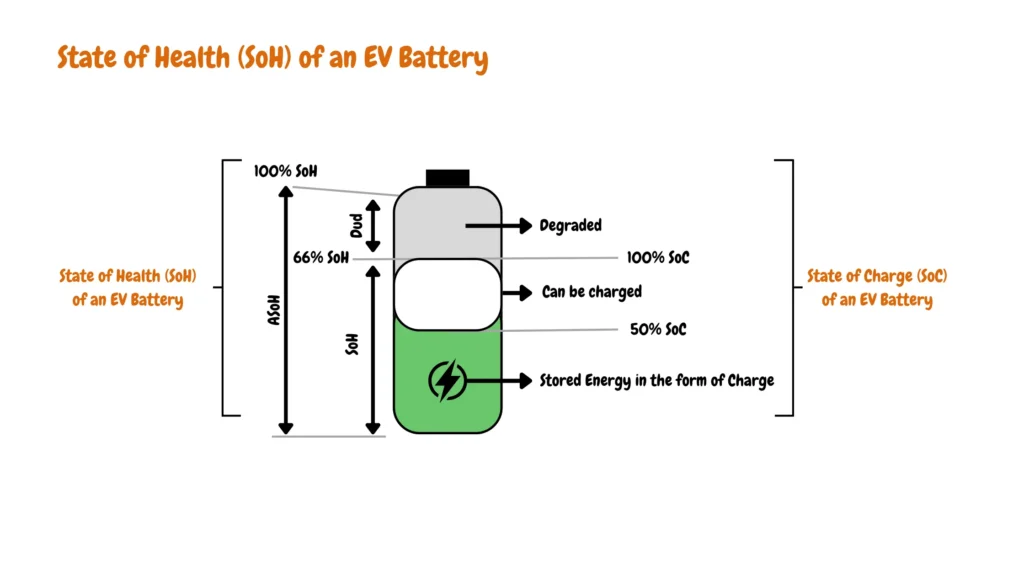

James Ndungu is a certified EV charger installer with over five years of experience in EVSE selection, permitting, and installation. He holds advanced credentials, including certification from the Electric Vehicle Infrastructure Training Program (EVITP) and specialized training in EV charging equipment and installation, as well as diplomas in EV Technology and Engineering Fundamentals of EVs. Since 2021, James has tested dozens of EV chargers and accessories, sharing expert insights into the latest EV charging technologies.
